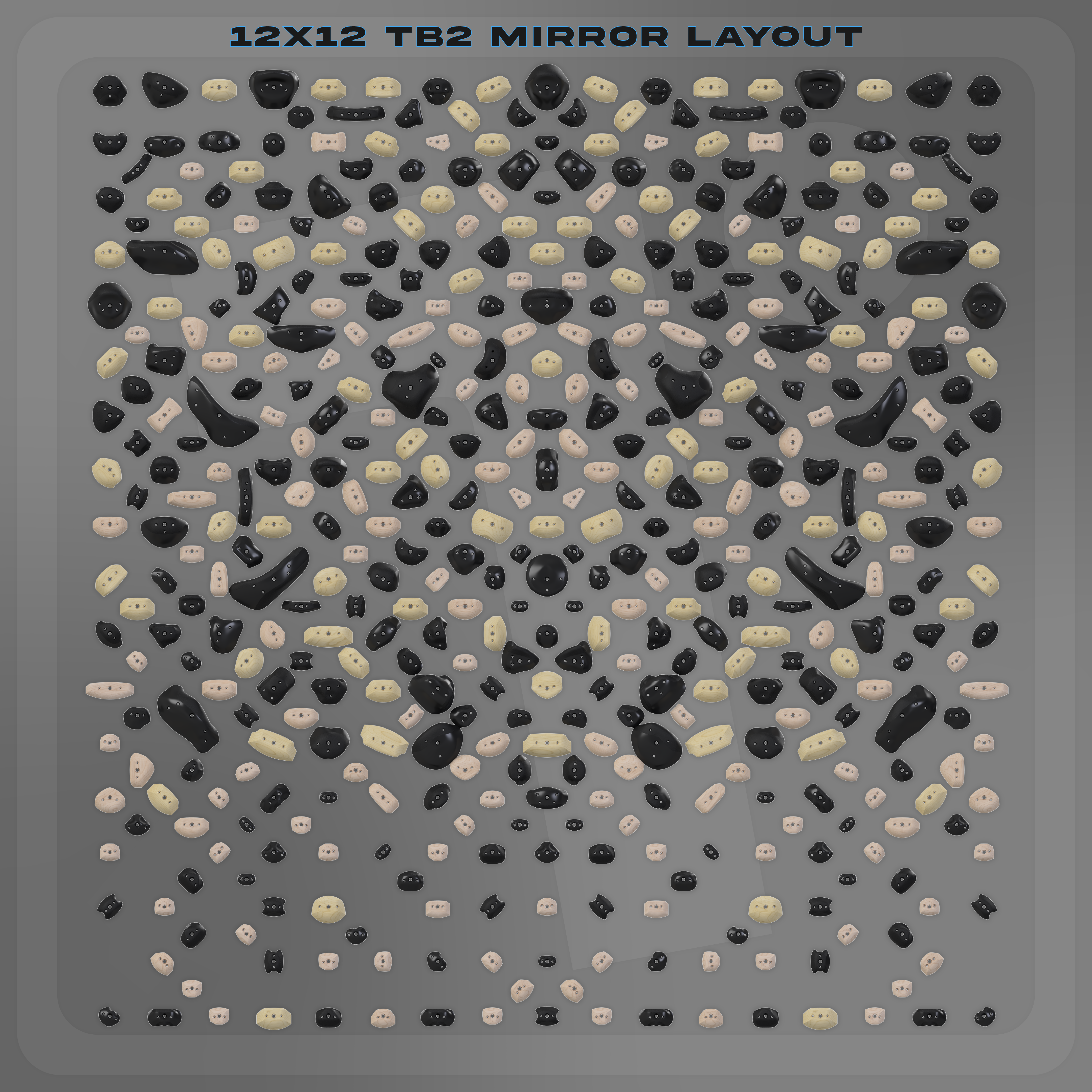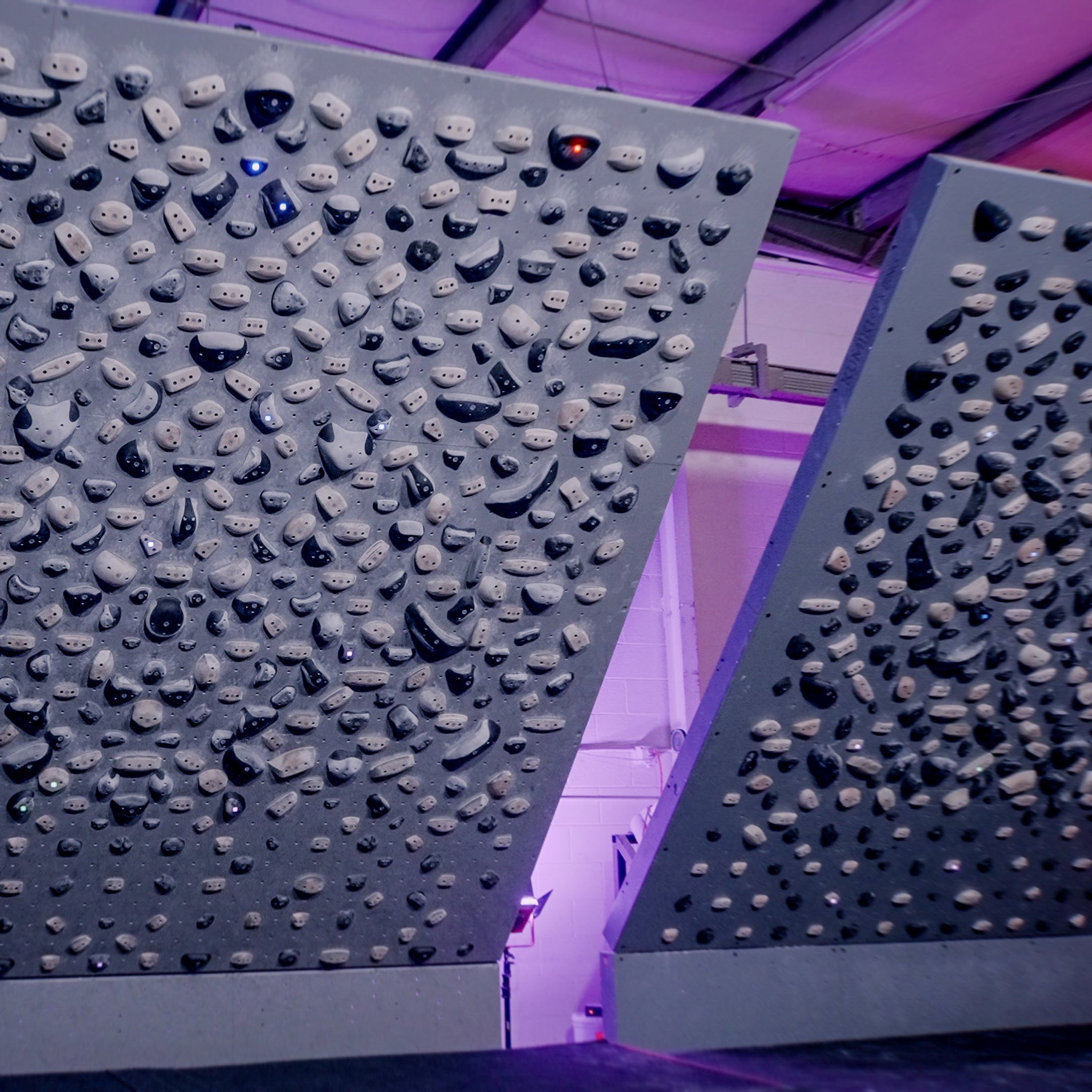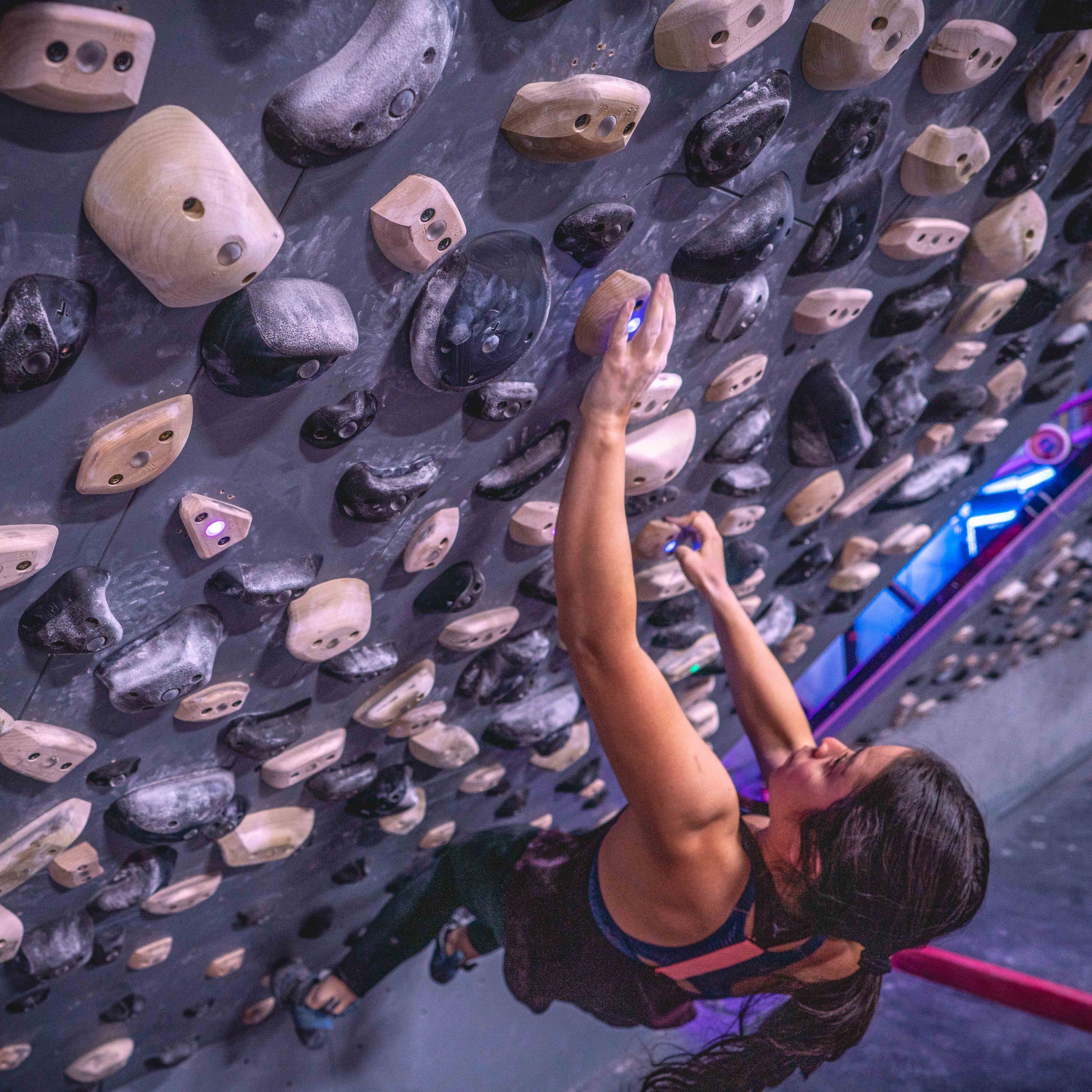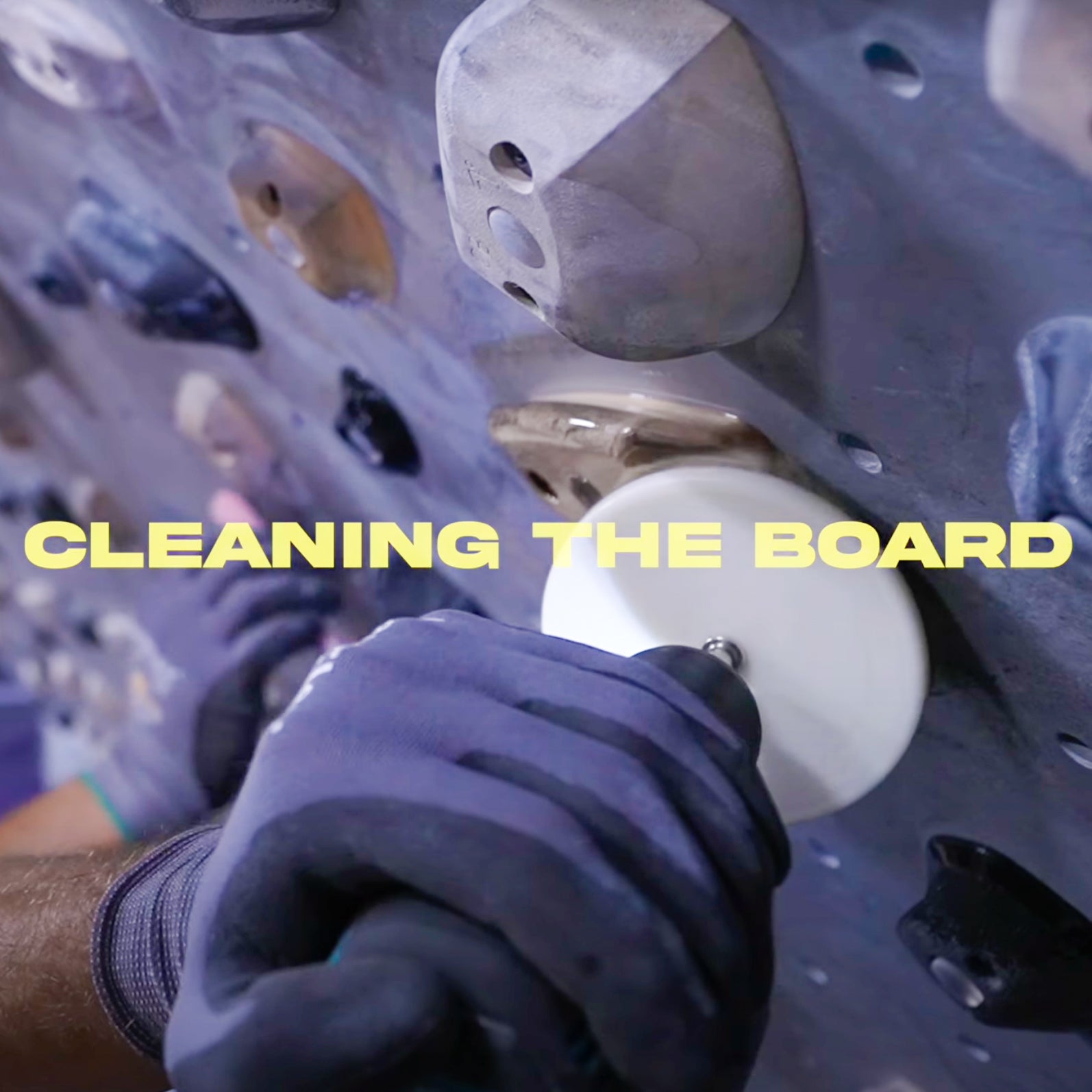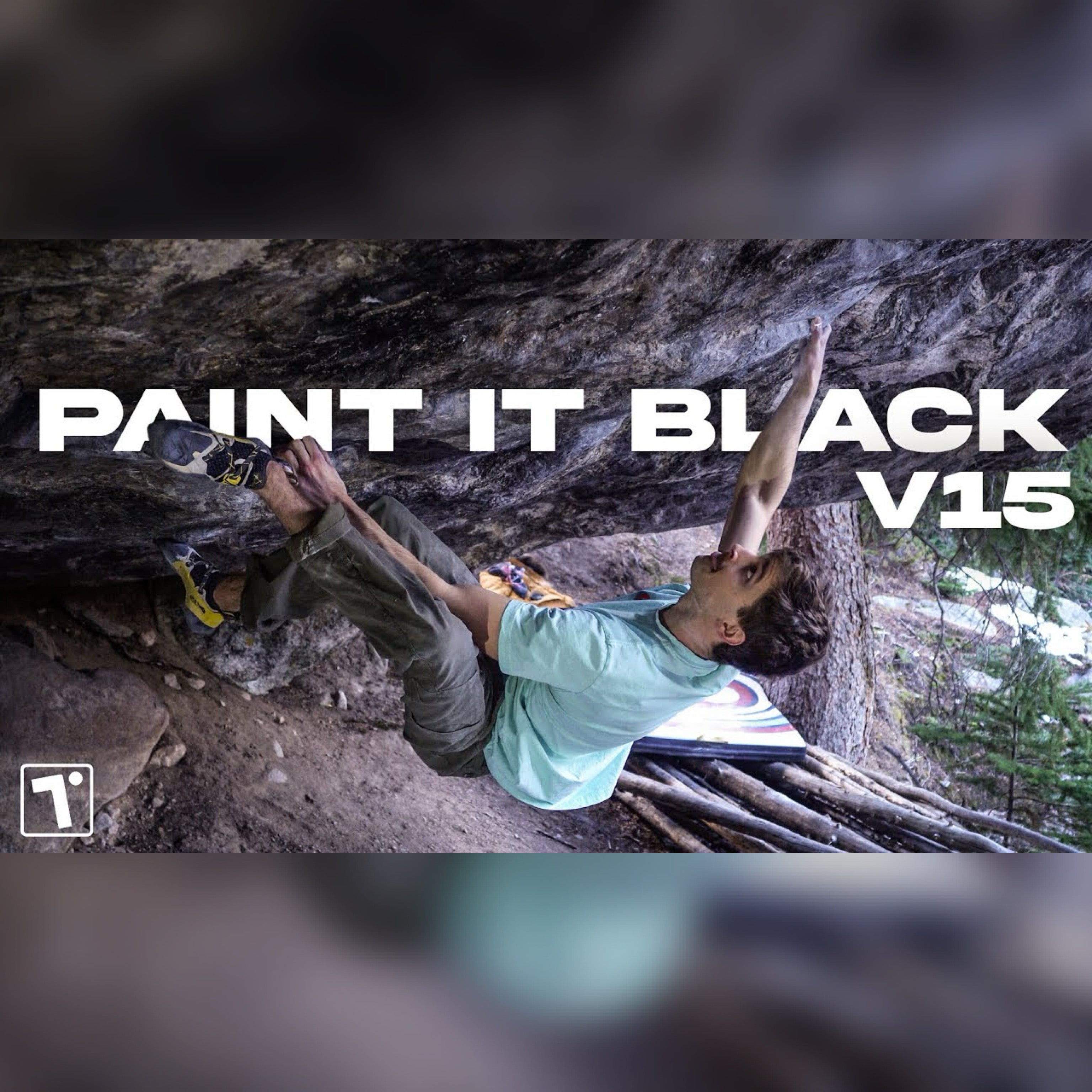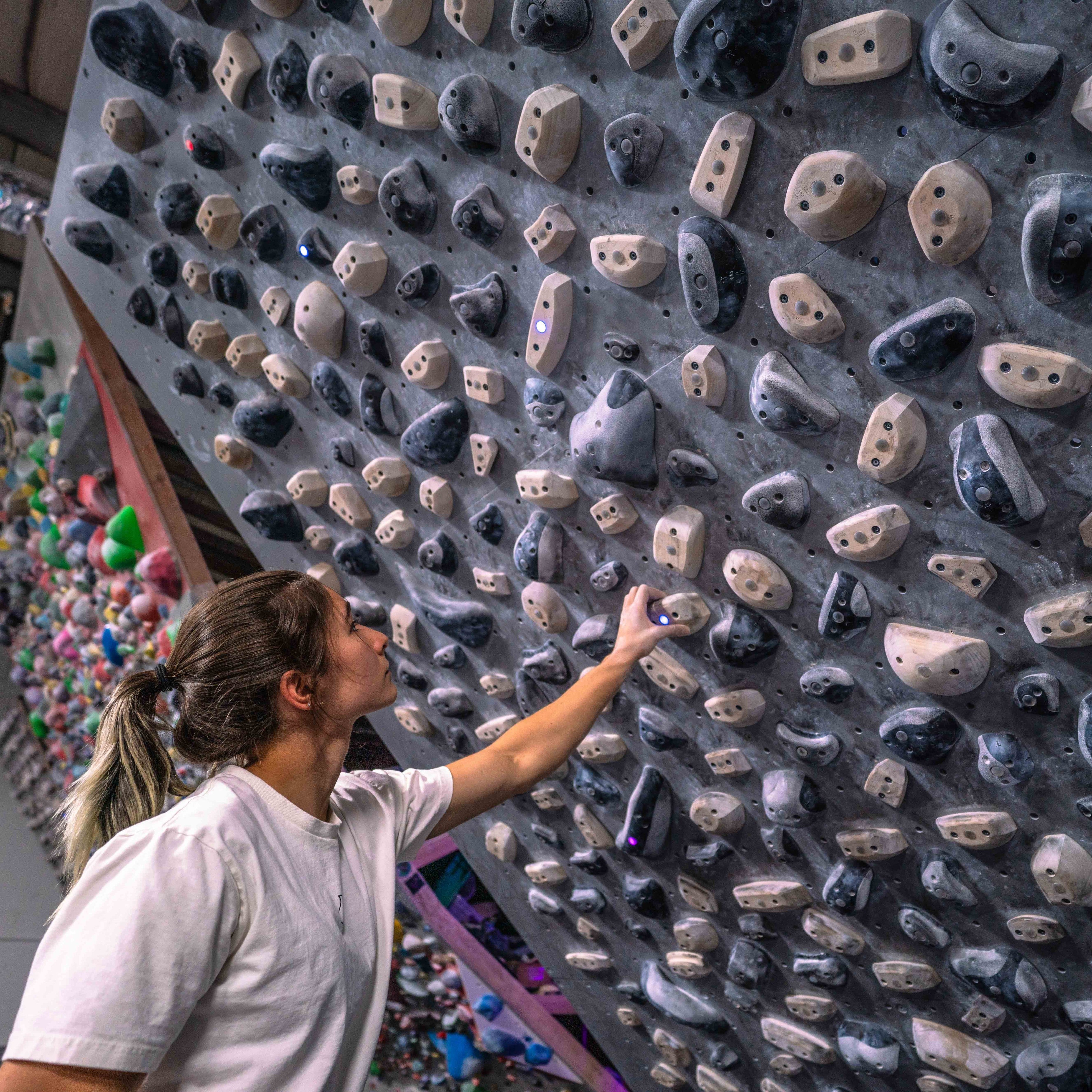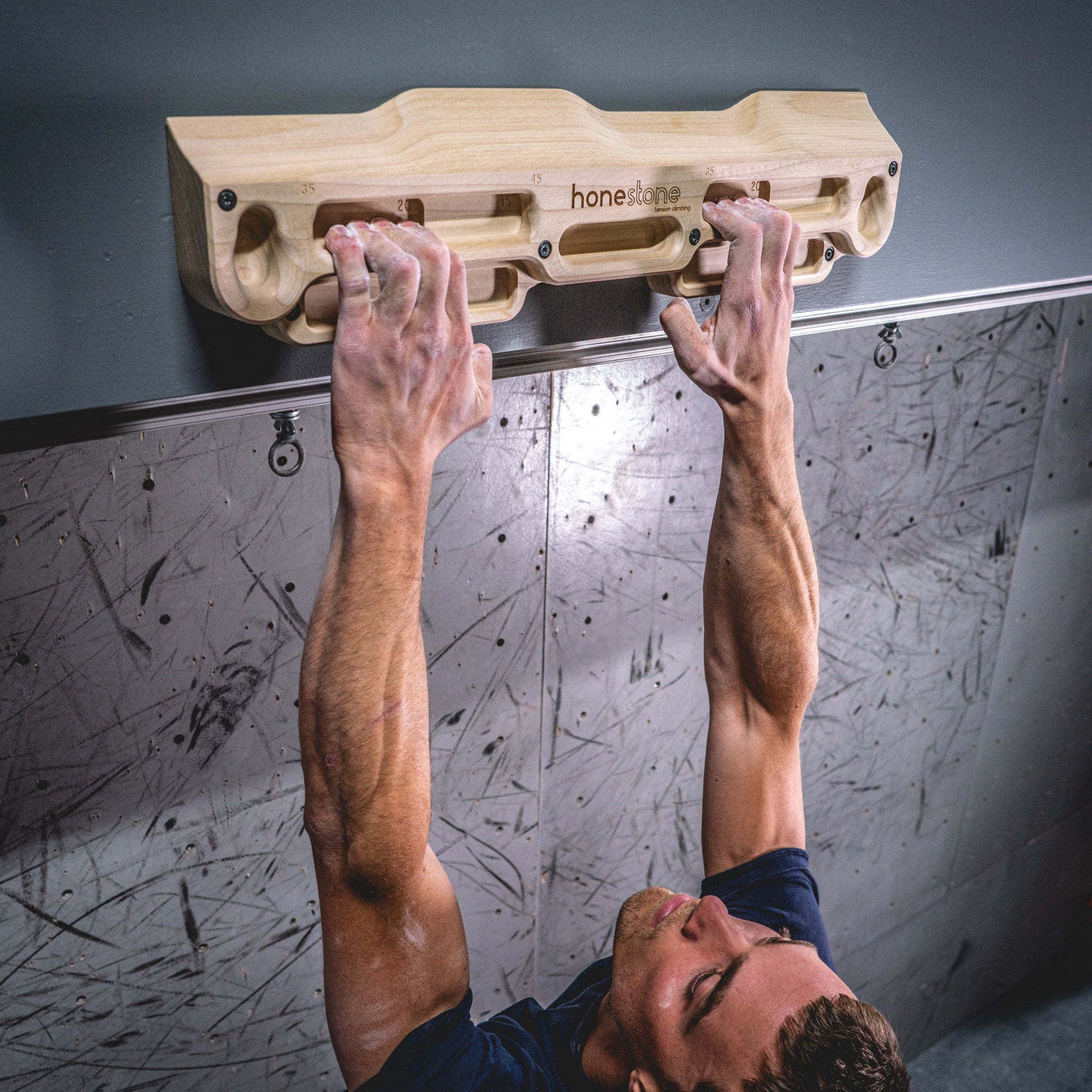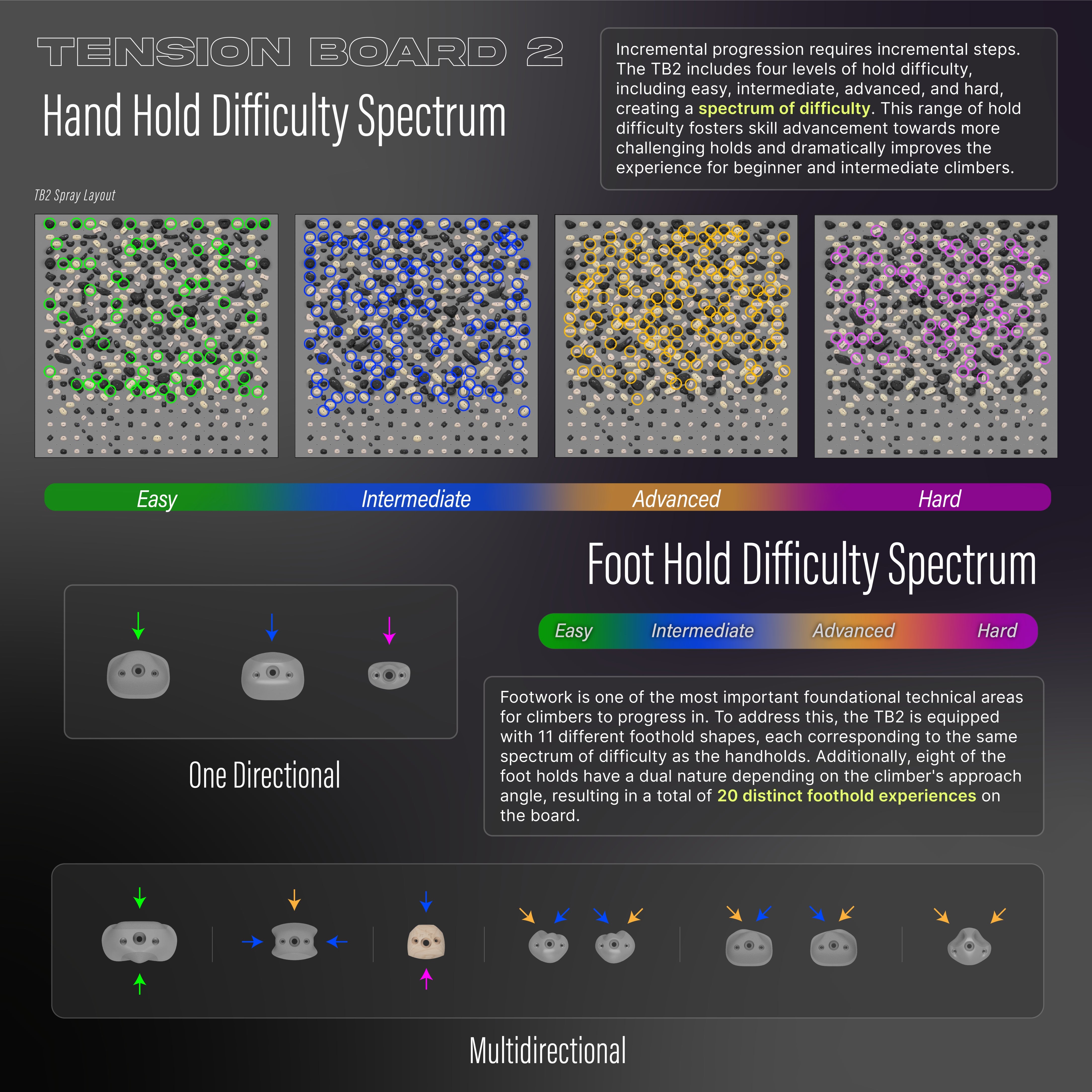In the past year I have done two seemingly contradictory things: 1) I’ve pursued a goal to climb 100 boulders in a diamond of grades centered around V7, and 2) I’ve stopped posting about grades. Maybe it is paradoxical to have a grade-based goal while simultaneously refusing to acknowledge the grades online, but this contradiction makes sense to me . . . I think. The idea is that grades play an important role in climbing, but sometimes we put too much weight on them when it comes to defining our own personal success, which can hinder our long-term progression as climbers.
There is a long story behind my 100 Boulders goal, but the short and sweet summary is that I realized I needed to build my base before pursuing boulders that are closer to my limit. It has taught me so much more than I was expecting it to, but the one thing I would like to talk about here is what I am learning about grades. In a nutshell, I’m over it *.
(*I’m obviously not over it. Here I am ranting endlessly and having many conversations with friends about it . . . but I believe that’s the point).
I’m not trying to say that grades don’t mean anything; I’m just trying to say that they don’t mean everything.
When I lived on the East Coast, I spent a lot of time climbing at the New River Gorge. One of the first times I started thinking deeper about grades was when I was projecting a notoriously stout 5.13b on Endless Wall called The Racist. At this point in my climbing career, I had sent one 5.14a and over twenty 5.13’s. After doing a lot of the classics in the area, I decided it was time to give The Racist a try. The grade 5.13b should theoretically be well within my capability of sending, but this route had one move that I could not even do in isolation. I became stuck in a cycle of: executing the beginning of the climb flawlessly, shaking out, falling on this one move, hanging on my rope,
The grade doesn’t do this climb justice.

Looking back on this time of my life scares me a little as well because it would have been SO easy to just walk away from The Racist. In fact, I almost did. I had already sent 14a, I wanted to prove myself as a climber, and I thought sending more 5.14s was the way to do it. HECK, I took a mental break from this climb by sending another 14a. I knew that if I put the work in, I could take down other “harder” projects, and I wanted the validation that my training was paying off. I don’t need this so-called “13b” making me feel like I’m digressing as a climber… except that’s all it was- a feeling. It’s super irrational to think that falling off a climb is somehow making me a worse climber. The simple fact that I couldn’t do it inherently meant that I had something to learn, which was actually making me a better climber. And I am absolutely a better climber now in part because of The Racist. To this day, it is my proudest climbing accomplishment. It’s wild to think that it might have never happened due to the number associated with it.
Marina Inoue shared similar thoughts with me when discussing her send of Dial 9-1-1 (5.13a), which happens to be on the same wall as The Racist. I am almost 5’8” with a plus 2” wingspan, and I still think that this climb is incredibly reachy. Marina is 5’2” with a nearly even ape index, so I essentially have 8” of reach on her. Dial 9-1-1 is a striking line, but its reputation of being powerful and reachy has turned away many challengers, not just the shorter ones. Even so, Marina was drawn to it, because it was the first 5.13 she saw in real life. In order to get through the redpoint lock-off crux at the top, she had to figure out an unconventional beta involving a very high foot. Calling this climb 5.13a does not do her accomplishment any justice. Not that it’s necessarily harder than 13a (I mean, maybe it is, who knows), but even calling it a harder grade doesn’t capture how noteworthy it is that she sent this particular climb. Despite having sent multiple 5.13c’s and even 5.13d since this, Marina says, “
To someone who is unfamiliar with routes in a certain area, calling a climb 13a or 13b is helpful to get a rough idea of how difficult it is. However, grades are exactly that- a rough idea of how hard something is. When I post a climb’s grade on Instagram, it feels like I am declaring it as fact, when in reality, it is more of a discussion. If you are interested in how hard a climb is, I promise you, it’s only a quick Internet search away. If you look around you’ll see that lots of people have different opinions based on how hard it feels to them. This makes it challenging to declare a climb as definitively one grade.

Despite all this, I’m definitely not trying to argue that grades are worthless. Grades play multiple important roles in climbing. One example is onsight strategy. You may be able to anticipate the difficulty of upcoming moves, based on your knowledge of what the grade should feel like. For example, if I am climbing a 5.13, and I feel like I have only been doing 5.12 moves, then I might rest a little longer before the top because I can predict that the crux is yet to come.
Grades can also play a useful role in helping you decide what you want to try when you travel to a new area. In order to find the appropriate challenge that you are looking for in a climb, it’s helpful to sort through the hundreds of climbs that may be in an area based on their grade. However, it’s important to remember that you could find what you are looking for on climbs of different grades as well, due to it being soft, sandbagged, your anti-style, perfectly your style, or whatever! (Also, “soft” climbs being a negative thing is another rant that I would like to go on . . . It’s impossible to not have soft climbs. There are only 17 numbers on our bouldering grade scale, but there are more than 17 levels of difficulty. This means that climbs of slightly different difficulties have to share the same number. When we create a culture that looks down on “soft” climbs, then we miss out on enjoying the challenge of that climb. Call it a soft V10 or a stout V9, and it’s still a challenge for me. Don’t make me feel bad about the former and not the latter; it’s the same damn climb.)
I also agree that it is really exciting to break into new grade ranges, however, I think we all need to be careful how much weight we put on the number part of the accomplishment. For all you nerds out there, let’s look at the statement, “If you break into a new grade, then it is an accomplishment” (if p, then q). Now, if this were true, then the contrapositive would also be true “If it is not an accomplishment, then you didn’t break into a new grade” (if ¬q, then ¬p). This is where the problem is easy to see- Is the Racist not a sign of progression for me, because I had already sent two 14a’s before sending it? Absolutely not, The Racist was extremely challenging for me, and I had to overcome a lot of mental and physical barriers in order to send the climb. It was a huge sign of progression in my climbing, even if the grade does not say it. It’s easy to take some real-life meaning out of the argument against the contrapositive statement (Right? I’m telling you to be proud of the hard work you put into any project, no matter what the grade is. I think we can all relate to this to some degree). However, the difficult part of this is now accepting that because the contrapositive is not true, this means the original statement is not true. It CAN be true, but it is not ALWAYS true.
Sometimes, sending a new grade goes hand in hand with working hard to become a better climber in some way, but this is not always the case. It’s really easy to mix up progression (becoming a better climber) with results (sending a harder grade), and this can actually be the reason you aren’t improving as effectively as you could be. If you are constantly choosing projects in your style due to the attractive large number associated with them, then you are subjecting yourself to a narrowing window of long-term success. You can only break into so many grades, and if you only do so in one particular style, then you are limiting the number of climbs that you have to choose from. In fact, I would argue that it’s a blessing in disguise to find a project that is “below” your usual projecting level because this is probably an indicator of a style that you are weaker at. (Please note: “below” is in quotations because the number might be less than your usual projecting grade… but a project is a project, so in that sense, it is at your projecting level). If you can reframe your view of success to include climbs like this, then you will work hard to send climbs of all different styles and all different grades, which will ultimately lead to more long-term improvement as a climber in many different styles.

My 100 Boulders goal is my current attempt to reframe my view of my own success because I don’t always get it right. My ego has gotten in the way of my climbing many times before, and I’m sure it will again in the future. Before I sent my first V10, I went on bouldering trips where I was hyper-focused on sending a double-digit boulder. I passed up trying lots of classics, in order to save my energy for the “right” climbs. When I made my 100- boulders goal, all of a sudden I was motivated to get on climbs of all different grades. I tried many climbs of lower grades that I found interesting and challenging. My old self would have struggled with the idea of projecting climbs that I deemed to be below my level, but my new self discovered that it actually just opens up way more climbs that I get to project. Not only that, the first bouldering trip I went on with this mindset (aided by my 100 Boulders goal), was also the one where I sent my first V9 and my first V10. Had I continued to be hyper-focused on double-digit boulders, I would have missed out on an opportunity to learn from climbs of different grades and grow as a climber, I would have missed out on climbing a lot of really fun climbs of lower grades, and honestly, I probably would have missed out on sending my first V9 and V10.
There are many layers to what it means to be successful and to progress as a climber. The easy thing to do is assume a one-to-one correlation between progressing as a climber and sending new grades. It’s much harder to define your own progress outside of grades, and it’s super hard to confront the possibility that larger numbers don’t necessarily reflect progress. We should be aware that grades can consciously or unconsciously dictate a lot of our choices. The value in sending a project comes from starting on something that is too hard for you, and seeing it through to the end—no matter what the grade is. You could miss out on something valuable if you’re limiting yourself to climbs that have a certain number attached to them.
So yes, back to my first paragraph, I am 100% contradicting myself. To me, not posting grades on social media is a reminder to myself to not get so caught up in it. It’s not that I don’t see the value in them. It’s not that breaking into new grades isn’t cool. It’s not that climbing hard climbs isn’t noteworthy. It’s not even an attempt to get other people to stop posting about them as well (I’m just as guilty of being curious about how hard a climb that my friend sent is). It’s simply an effort to look at climbs as more than their grades, be conscious of how those grades affect our decisions, and remember that the story behind the climb is way more interesting than the number.

